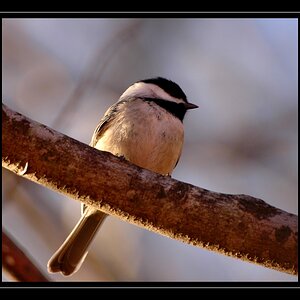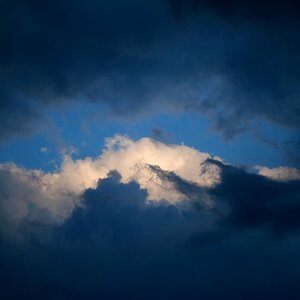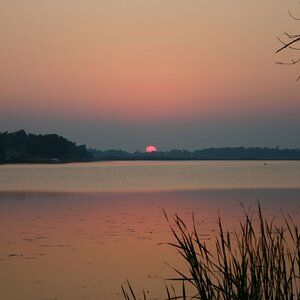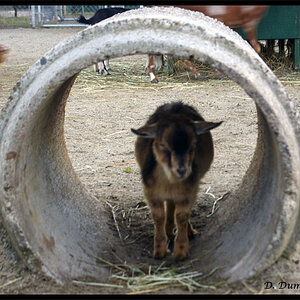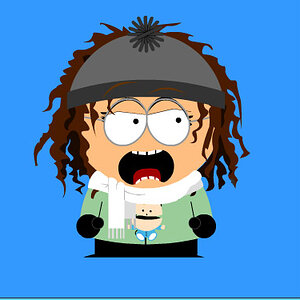dannylightning
Been spending a lot of time on here!
- Joined
- Mar 23, 2014
- Messages
- 2,322
- Reaction score
- 770
- Location
- Akron Ohio
- Can others edit my Photos
- Photos OK to edit
This is really what I need to know
1. How many watts should be the minimum for a strobe flash
2. What else will i need besides the flash its self. umbrellas, soft boxes ?
3. how do I get them to work with my camera. i want them to fire on their own when i take the picture. non of the videos i have watched say much about making them work with your camera or what wattage lights they are using.
i am not really looking for what exact light to buy but a general guide as to what wattage i will need for the light and anything i will need to go along with the lights.
- I would like to start out with a one light or two light set up and than use a reflector if i need to, i want to keep it as simple and low cost as possible. looks like i can get a descent 300 watt strobe flash for around 80 bucks but i am not sure if 300 watt is good, this kit looks appealing and i guess a 3rd light cant hurt.. but not sure if this is enough to provide proper lighting for my room.
Amazon.com : Strobe Studio Flash Light Kit 900W - Photographic Lighting - Strobes, Barn Doors, Light Stands, Triggers, Umbrellas, Soft Box : Photo Studio Support Equipment : Camera & Photo
or maybe 2 of these but i am not sure if they will provide proper lighting for my room.
Amazon.com : CowboyStudio GODOX Pro Photography Studio Monolight Strobe Photo Flash SpeedLight 300WS Light : Photographic Monolights : Camera & Photo
I have set up a backdrop in my basement, just hanging some cloth over something down there, it works for now and i will get a better backdrop set up. right now my main concern is lightning equipment and how its going to work in my room. here is a pic of the room. I can easily make something so i can hang a back drop from the rafters down there.
The basement is big and open and probably not the most idea type of room to do this kind of thing but this is what i have to work with.

1. How many watts should be the minimum for a strobe flash
2. What else will i need besides the flash its self. umbrellas, soft boxes ?
3. how do I get them to work with my camera. i want them to fire on their own when i take the picture. non of the videos i have watched say much about making them work with your camera or what wattage lights they are using.
i am not really looking for what exact light to buy but a general guide as to what wattage i will need for the light and anything i will need to go along with the lights.
- I would like to start out with a one light or two light set up and than use a reflector if i need to, i want to keep it as simple and low cost as possible. looks like i can get a descent 300 watt strobe flash for around 80 bucks but i am not sure if 300 watt is good, this kit looks appealing and i guess a 3rd light cant hurt.. but not sure if this is enough to provide proper lighting for my room.
Amazon.com : Strobe Studio Flash Light Kit 900W - Photographic Lighting - Strobes, Barn Doors, Light Stands, Triggers, Umbrellas, Soft Box : Photo Studio Support Equipment : Camera & Photo
or maybe 2 of these but i am not sure if they will provide proper lighting for my room.
Amazon.com : CowboyStudio GODOX Pro Photography Studio Monolight Strobe Photo Flash SpeedLight 300WS Light : Photographic Monolights : Camera & Photo
I have set up a backdrop in my basement, just hanging some cloth over something down there, it works for now and i will get a better backdrop set up. right now my main concern is lightning equipment and how its going to work in my room. here is a pic of the room. I can easily make something so i can hang a back drop from the rafters down there.
The basement is big and open and probably not the most idea type of room to do this kind of thing but this is what i have to work with.

As an Amazon Associate we earn from qualifying purchases.


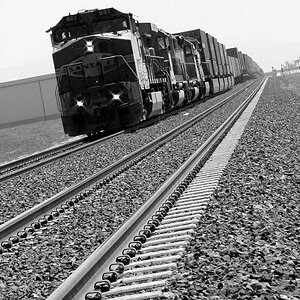
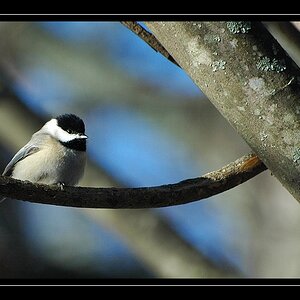
![[No title]](/data/xfmg/thumbnail/42/42034-6262420ff3ea238f05395bbcc7ae1f28.jpg?1619739985)
